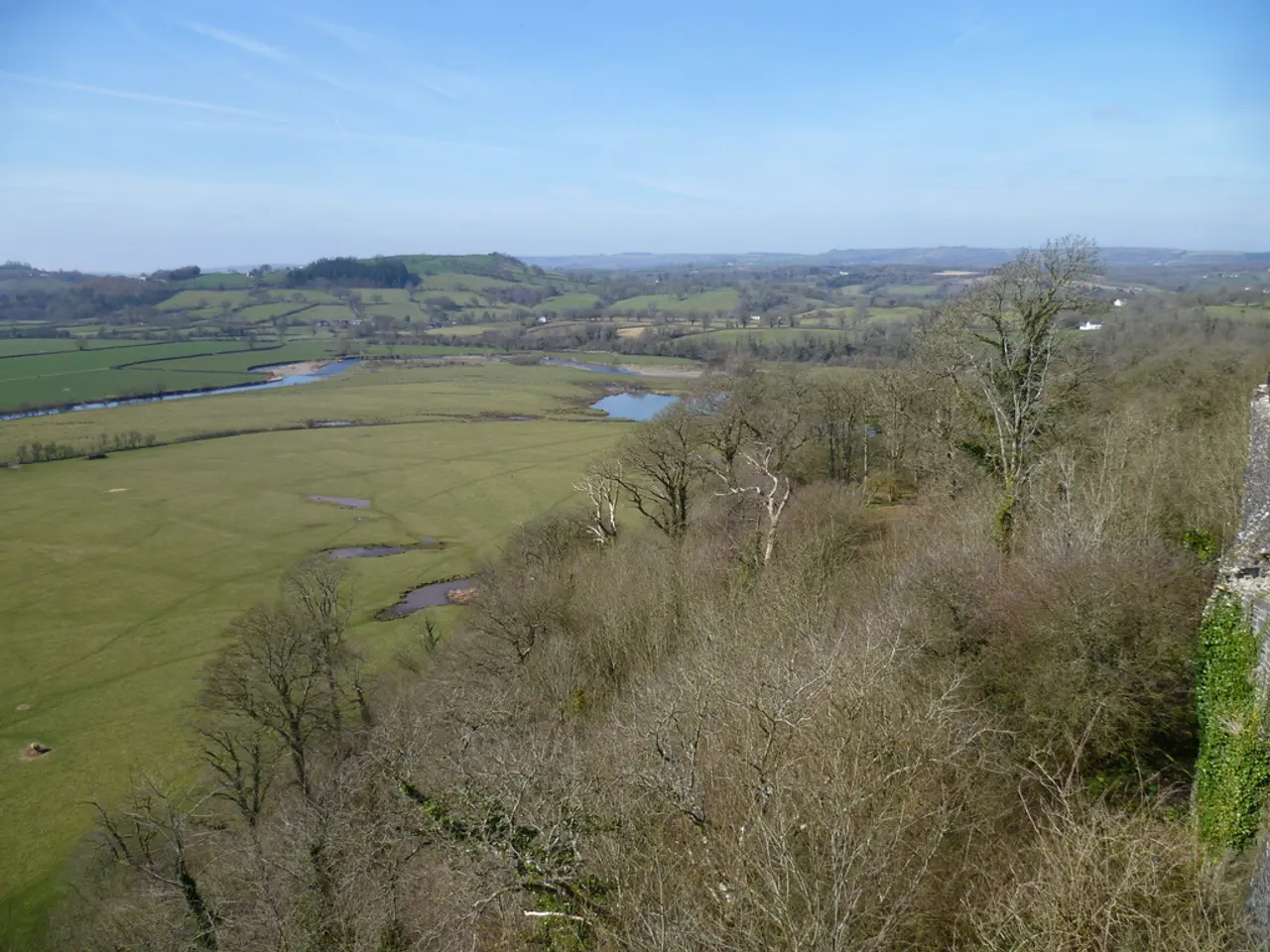Applications of Geographic Information Systems (GIS) in Permaculture Planning
As the world grapples with climate change, the importance of creating strong, green ecosystems has never been more crucial. In this regard, permaculture — a sustainable farming and gardening practice that seeks to mimic natural ecosystems — is set to benefit greatly from emerging technologies like artificial intelligence (AI) and the Internet of Things (IoT). These advancements will enable landscapes to adapt to challenges more effectively, making permaculture even more impactful in the fight against climate change.
One key technology driving this change is Geographic Information System (GIS) technology. By using data in permaculture design, GIS allows for the creation of more resilient and diverse ecosystems. However, implementing GIS in permaculture isn't without its challenges. Data availability, learning curves, and technological barriers like software costs are common hurdles.
Despite these challenges, GIS offers numerous benefits to permaculture practitioners. For instance, open-source and free software like QGIS offers extensive mapping, spatial analysis, and layering capabilities, supporting importing diverse data such as topography, soil types, water flows, and plant zones. Customizable with plugins, QGIS is popular for its accessibility and flexibility among permaculture practitioners.
On the other hand, comprehensive professional GIS software like ArcGIS, developed by Esri, provides advanced spatial analytical tools, 3D visualization, and integration with remote sensing data. While licensed software, ArcGIS is often used by professionals with access to budget or institutional support.
Beyond these general GIS platforms, 3D modeling software like SketchUp complements GIS by allowing 3D modeling of landscape features derived from GIS data, facilitating better visualization of design implementation.
Moreover, specialized permaculture design software integrates GIS functionalities with permaculture-specific design frameworks to simplify patterning, zoning, and sector analysis. These tools may include features like layered mapping for sunlight, wind, water catchment, and soil health, designed to help practitioners visualize and optimize sustainable land use according to permaculture ethics and principles.
AI and machine learning are making environmental mapping and ecological modeling more accurate and flexible. The future of GIS in permaculture includes emerging technologies like machine learning and drone mapping, providing more sophisticated tools for sustainable design strategies. GIS supports climate adaptation by visualizing climate models and trends and developing resilient design strategies.
Participatory mapping with GIS boosts community spirit and understanding by allowing communities to share their knowledge. GIS is great for community and social mapping, considering community dynamics and supporting inclusive and socially integrated permaculture projects.
For sustainable agriculture, we need smart digital tools like GIS to use land better, predict changes, and design more adaptively. Successful permaculture projects using GIS have shown improved resource management, leading to more effective and sustainable land use.
Geospatial analysis skills can be learned through various training options, including online certification programs, workshops, university-level GIS courses, and community college specialized training. As government agencies see the value of GIS in green land management, new permaculture methods backed by advanced mapping are getting support.
In summary, permaculture practitioners tend to use a combination of general GIS platforms (QGIS, ArcGIS) for data collection and spatial analysis, along with 3D modeling tools like SketchUp and specialized permaculture design programs that incorporate GIS elements for comprehensive, sustainable site design. The future of permaculture design is bright, with new tech tools making landscapes more responsive, productive, and green.
[1] Source: Permaculture GIS [5] Source: GIS in Permaculture Design
- The integration of GIS technology in permaculture design helps create more resilient and diverse ecosystems, mimicking natural environments.
- Open-source software like QGIS offers numerous benefits to permaculture practitioners, with capabilities in mapping, spatial analysis, and layering diverse data.
- Comprehensive professional software like ArcGIS provides advanced spatial analytical tools, but is typically licensed and used by professionals with access to budget or institutional support.
- 3D modeling software like SketchUp complements GIS by allowing 3D modeling of landscape features, providing better visualization of design implementation.
- AI and machine learning are making environmental mapping and ecological modeling more accurate, and the future of GIS in permaculture includes emerging technologies like machine learning and drone mapping for sustainable design strategies.




